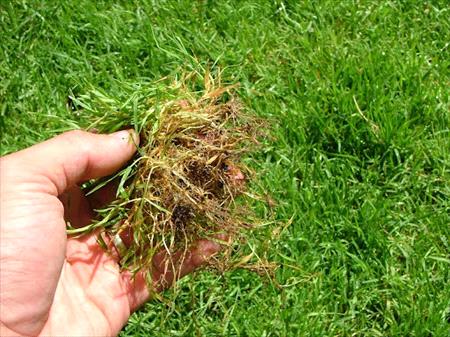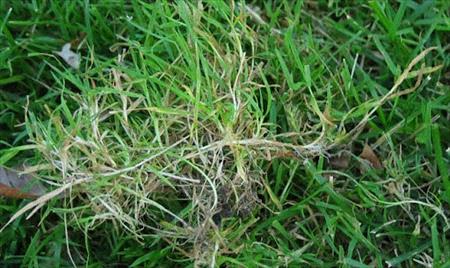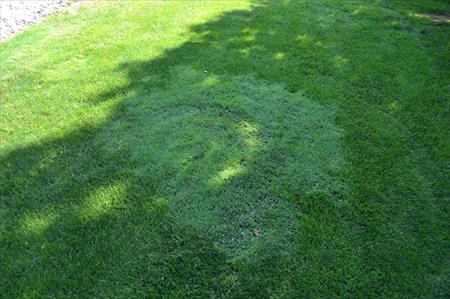Your Cart

LEARN YOUR LAWN: CREEPING BENTGRASS
Request a Quote
Creeping Bentgrass is a fine bladed grass with a matted appearance that can be found on lawns across North America. It’s a shallow-rooted grass that reproduces by its sprawling, above ground stems. When mowed at a very low height, it can be aesthetically pleasing. It’s typically found on golf course putting greens, but it is not ideal for residential lawns. Most residential lawns should be maintained at a mowing height of 2½ to 3½ inches. Creeping Bentgrass, on the other hand, is usually kept to a height of around half an inch. This, plus other significant factors, make it undesirable for home lawns. Additional factors include the following: Creeping Bentgrass is very slow to green up in the spring. Creeping Bentgrass requires much more fertilizer and water than other grasses. By nature, Creeping Bentgrass creates a thick spongy layer of thatch, which can promote insect and disease infestations. Creeping Bentgrass is extremely sensitive to warm temperatures and will be the first to turn brown under any drought-like conditions. Creeping Bentgrass has a shallow rooting system that does not retain moisture and nutrients very well, making it more susceptible to drought and plant diseases. The most effective method for controlling Creeping Bentgrass is to remove it by hand or by using a rake. Because of its shallow rooting system, it can be pulled up quite easily, and then the bare area will need to be repaired with desirable grass seed varieties or sod. A thick, healthy, well-maintained lawn is always the best line of defense. This can be achieved through beneficial cultural practices, which include: Watering: Deep and infrequent watering is essential for strong plant health and development. A general rule of thumb is to water each area of your lawn for 30-45 minutes, twice per week, in the early morning so the turf is dry by nightfall. Mowing: Maintain a regular mowing schedule throughout the growing season. In general, you should keep your lawn between 2 ½ and 3 ½ inches high, but during the hottest weeks of summer, you may allow the grass to grow as high as 4 inches. Never remove more than ⅓ of the grass blade at each mowing. Fertilizing: Regular applications of Weed Man’s specially formulated, slow-release granular fertilizer will help provide your lawn with adequate nutrients. These applications are timed specifically to avoid over fertilizing the lawn. Core Aeration and Overseeding: Aerate and overseed annually to fill in bare areas with suitable seed and topsoil and to choke out unwanted grasses and weeds. This will help thicken the turf, so weeds can’t break through, and will improve soil drainage and alleviate soil compaction, allowing water and nutrients to penetrate deeper into the soil. Your local Weed Man professional will be able to offer other solutions and recommend the best form of treatment that is suitable to improve the conditions of your lawn.What is Creeping Bentgrass?
How Can I Control Creeping Bentgrass In My Lawn?
 English (USA)
English (USA) Français (CANADA)
Français (CANADA)


